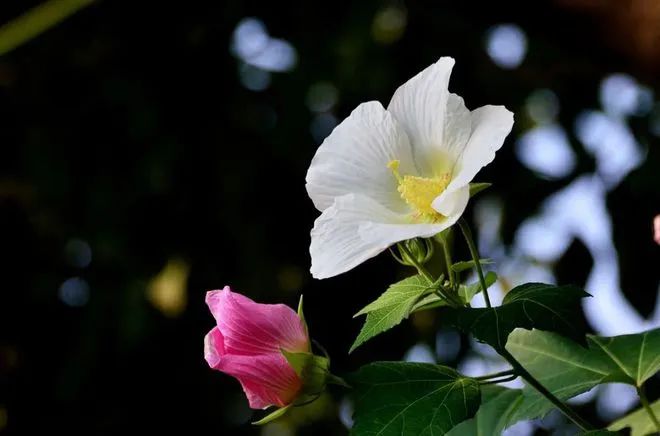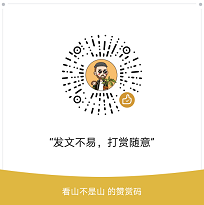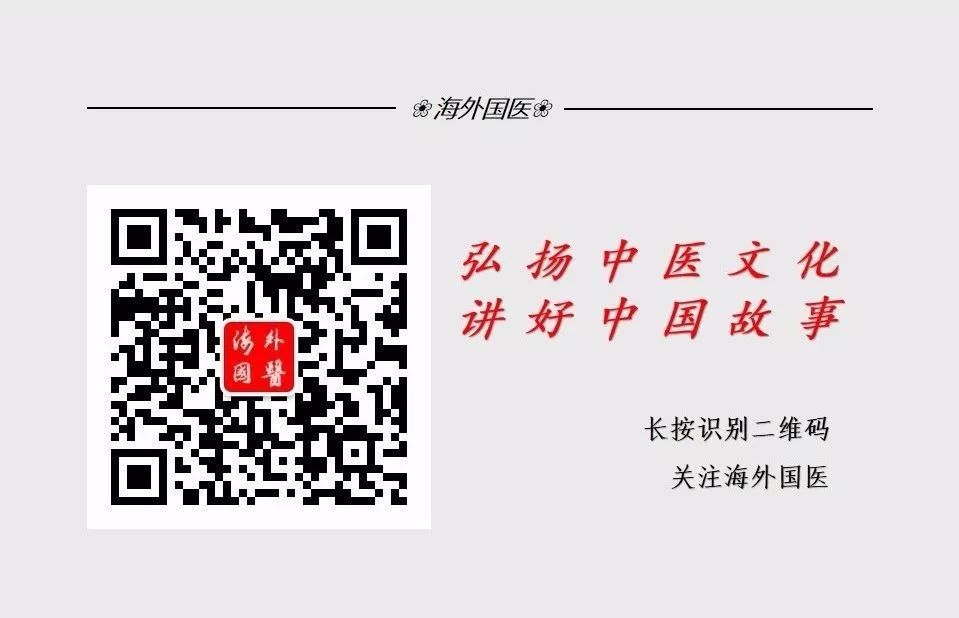
【Case 1】: Male, 54 years old, felt fever and chills after the air conditioning was set too low last night. This morning, he woke up feeling feverish with chills, slight nasal congestion, overall weakness, joint pain, lack of appetite, abdominal fullness with a desire to vomit, constant urge to defecate but unable to, and decreased yellowish urine. Diagnosis: Overall pulse is ru (濡), tongue is pale with a greasy coating.
【Case 2】: Female, 38 years old, developed a cold with fever three days ago. After self-medicating, the fever subsided, but she began to cough, expectorating white sticky phlegm, experiencing chest tightness and heaviness in the head, fatigue, poor appetite, sticky stools, yellowish urine, facial swelling, and yellow discharge from the ears. Diagnosis: Overall pulse is ru (濡), tongue is red with a greasy coating.
Both cases have two obvious similarities:
1. Both exhibit ru (濡) pulse.
The ru (濡) pulse is characterized by a floating and soft quality, detectable with light pressure but not with heavy pressure. This pulse type was first recorded in the Classic of Pulse, described as “ru (濡) is like silk cloth in water, easily felt with a light touch.”
This pulse characteristic indicates that the ru (濡) pulse is a relatively weak pulse, primarily seen in cases of blood loss damaging yin or dampness stagnation.
Blood loss damaging yin and virtual yang escaping outward will manifest as a floating and weak pulse, characteristic of ru (濡); if dampness is heavy in the body, the pulse will appear unclear under heavy pressure but detectable with light touch, also indicating ru (濡).
The ru (濡) pulse, being floating and soft, is a characteristic of deficiency syndrome. If it is due to blood loss damaging yin, it is indeed a deficiency syndrome; if it is due to dampness, it resembles the symptoms of a slippery pulse but also has characteristics of excess syndrome.
Thus, whether it is a deficiency syndrome due to blood loss damaging yin or an excess syndrome due to dampness needs to be assessed with the other three diagnostic methods.
2. Both have significant dampness.
In Case 1, symptoms such as “overall weakness, joint pain,” “lack of appetite,” “abdominal fullness with a desire to vomit,” and “greasy coating” are clear indicators of excess dampness syndrome.
In Case 2, symptoms like “expectoration of white sticky phlegm,” “chest tightness and heaviness in the head,” “fatigue, poor appetite,” “sticky stools,” and “greasy coating” are also clear indicators of excess dampness syndrome.
However, the two cases are distinctly different:
1. Different cold-heat presentations.
In Case 1, symptoms such as “chills,” “joint pain,” and “pale tongue” indicate a cold syndrome;
In Case 2, symptoms like “bitter mouth,” “yellowish urine,” and “red tongue” indicate a heat syndrome.
Therefore, Case 1 represents a syndrome of injury from cold and dampness, while Case 2 represents a syndrome of injury from dampness and heat.
2. Different exterior syndromes.
In Case 1, symptoms like “fever with chills, slight nasal congestion” clearly indicate an exterior cold syndrome;
In Case 2, symptoms like “facial swelling, yellow discharge from the ears” clearly indicate damp-heat turning toxic.
Based on the above information, we can infer that Case 1 should be treated with methods to release the exterior, transform dampness, and regulate qi, suitable for using Huo Xiang Zheng Qi Wan (藿香正气丸); Case 2 should focus on draining dampness, transforming turbidity, clearing heat, and detoxifying, suitable for using Gan Lu Xiao Du Dan (甘露消毒丹).
Huo Xiang Zheng Qi Wan (藿香正气丸)【Su Ye (Perilla Leaf) Bai Zhi (Angelica Dahurica) Huo Xiang (Agastache) Hou Po (Magnolia Bark) Cang Zhu (Atractylodes) Chen Pi (Dried Tangerine Peel) Ban Xia (Pinellia) Fu Ling (Poria) Gan Cao (Licorice) Jie Geng (Platycodon) Da Fu Pi (Areca Peel) Jiang (Ginger) Jiao (Date)】
Su Ye, Bai Zhi, and Huo Xiang are warm and acrid, dispersing cold and releasing the exterior; Ping Wei San combined with Er Chen Tang expels dampness and transforms phlegm; Jie Geng and Da Fu Pi promote the upward and downward movement of qi. The combination of these herbs disperses exterior cold, transforms phlegm-damp, promotes fluid movement, releases the exterior, transforms dampness, and regulates qi.
Gan Lu Xiao Du Dan (甘露消毒丹)【Lian Qiao (Forsythia) Bo He (Mint) Yin Chen (Virgate Wormwood) Huang Qin (Scutellaria) She Gan (Belamcanda) Chuan Bei (Fritillaria) Shi Chang Pu (Acorus) Bai Dou Kou (Cardamom) Hua Shi (Talc) Mu Tong (Akebia)】
Bo He and Yin Chen clear heat; Lian Qiao and Huang Qin clear heat and detoxify; She Gan, Chuan Bei, and Shi Chang Pu clear and drain damp-heat; thus, damp turbidity is expelled, and heat toxins are dispersed, leading to self-recovery.


Click “Read the original text“↙ to see more exciting content
